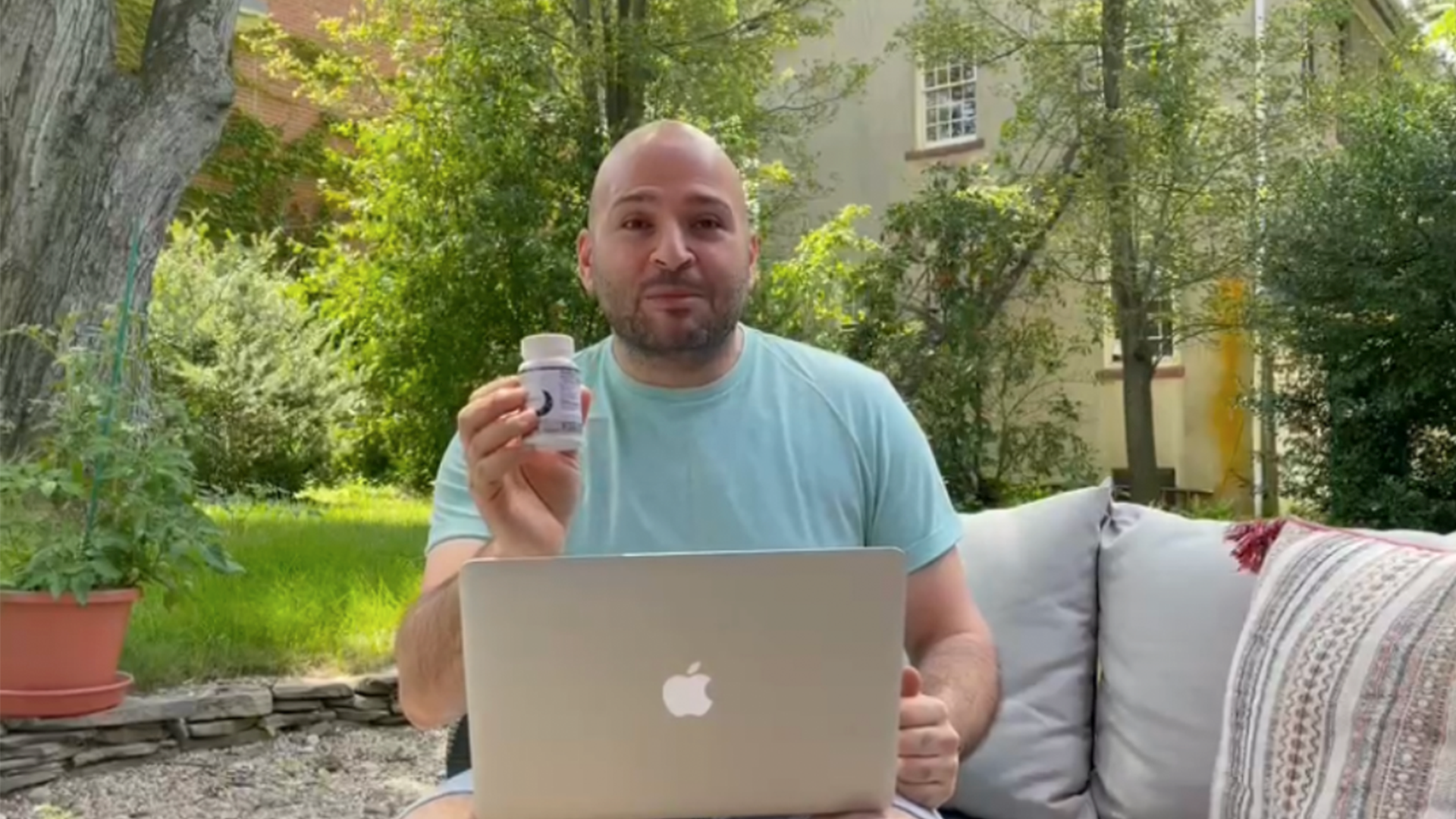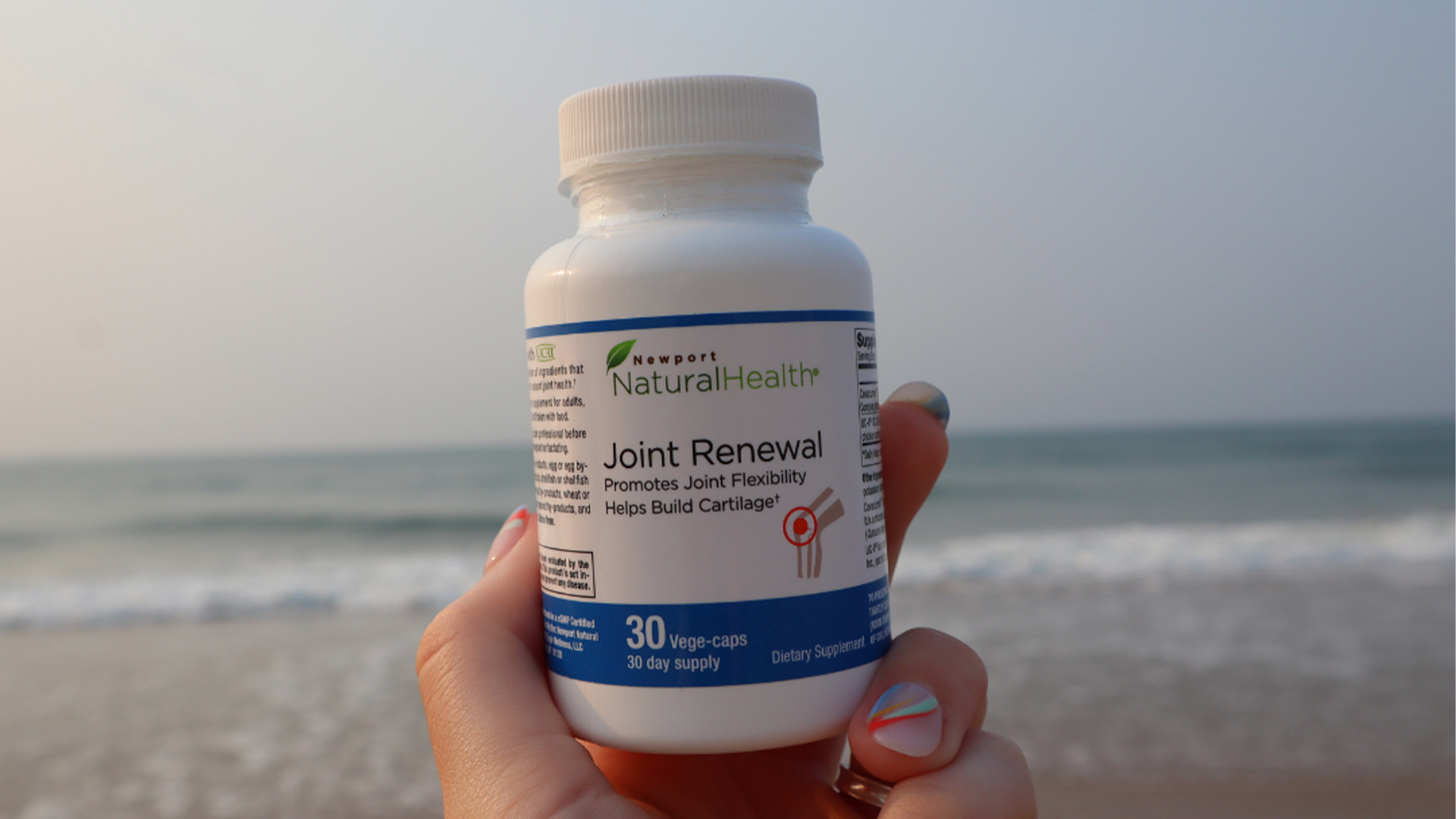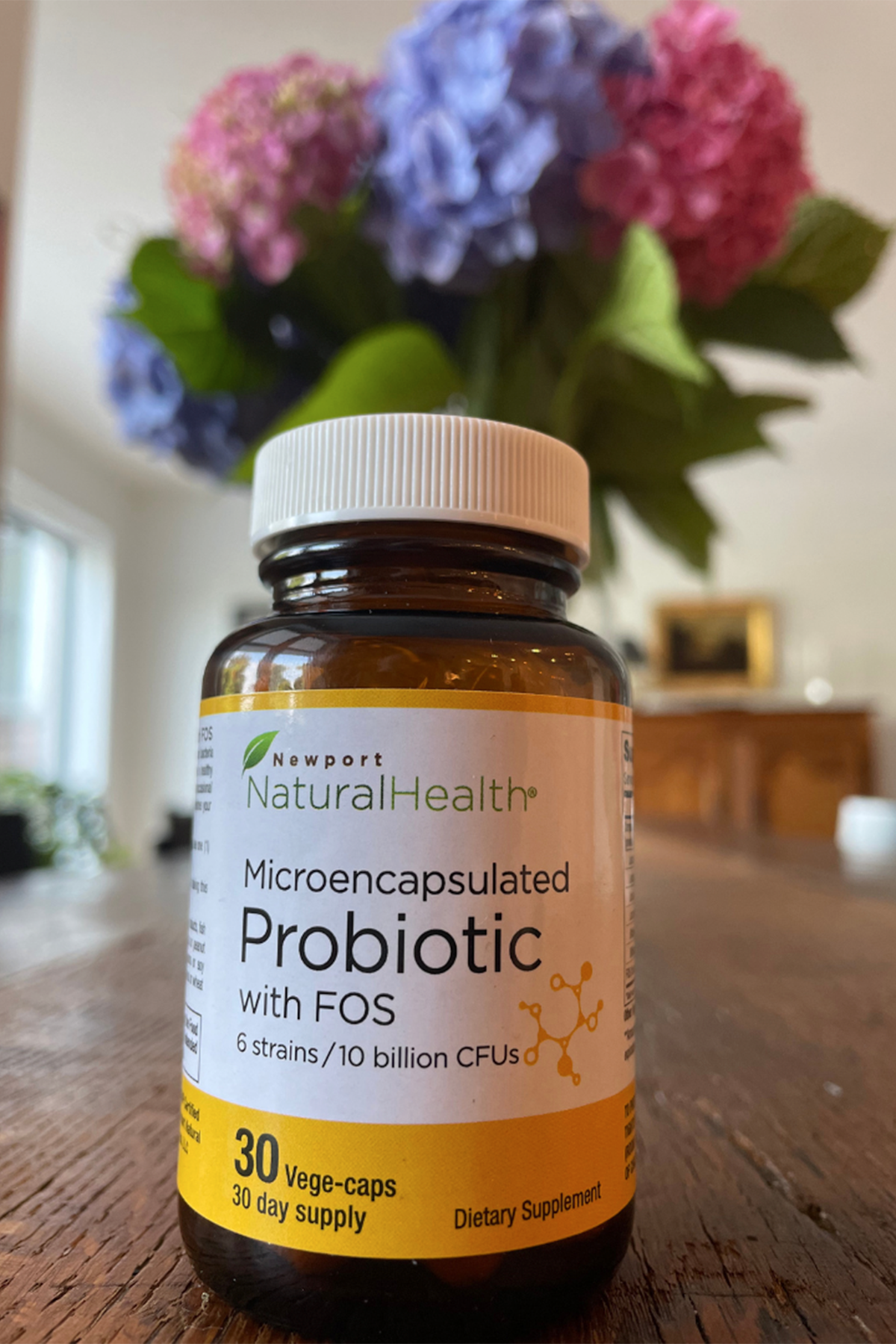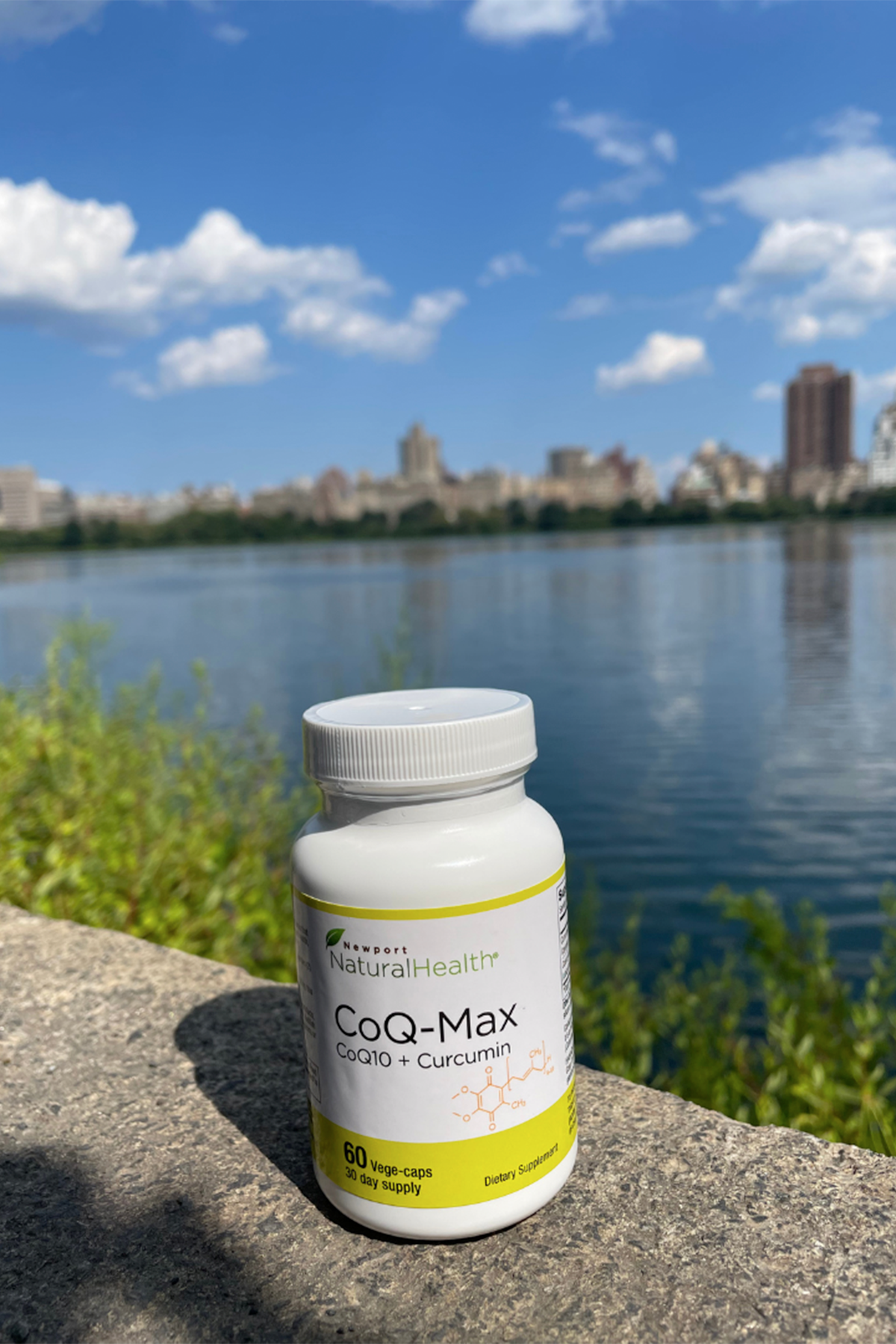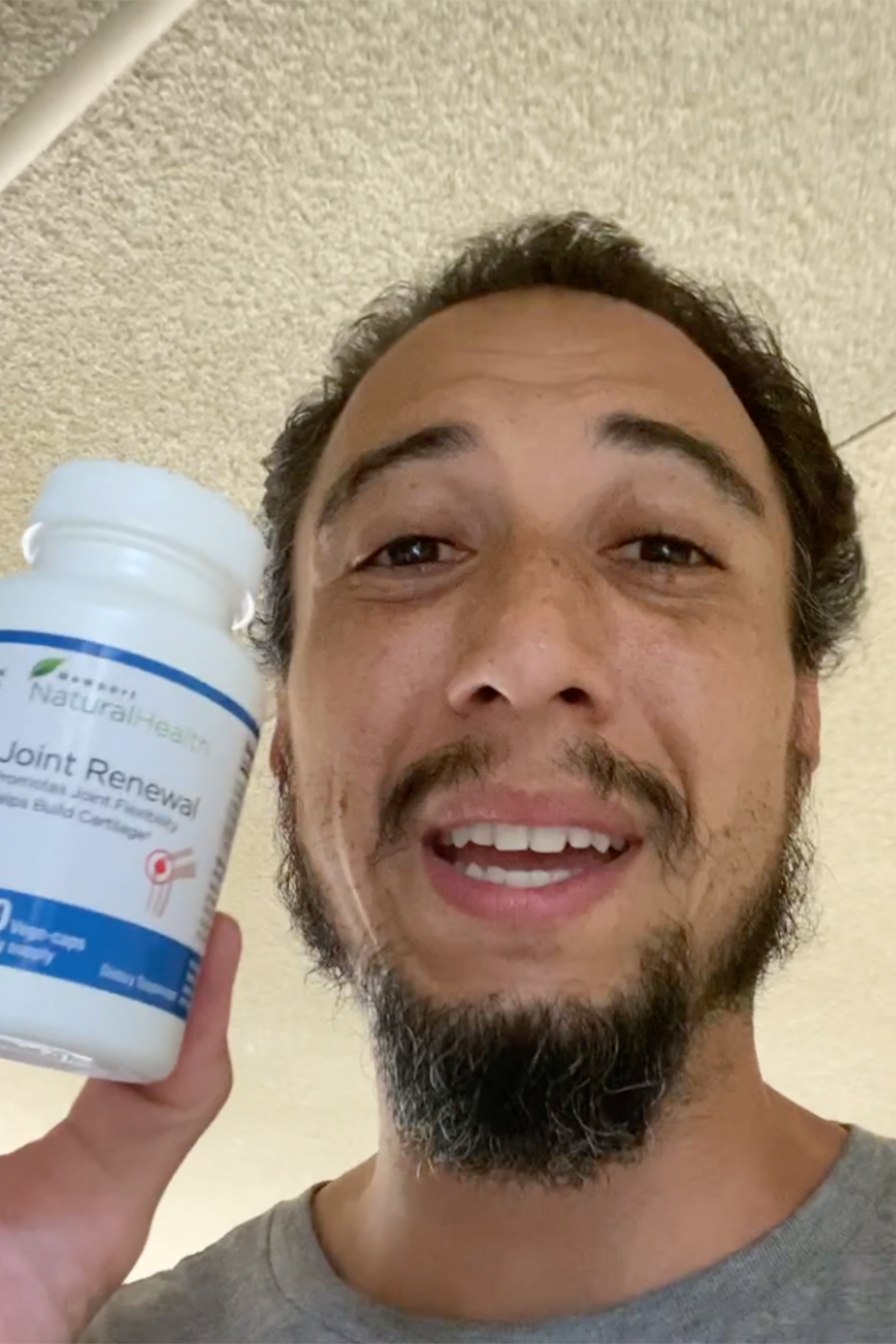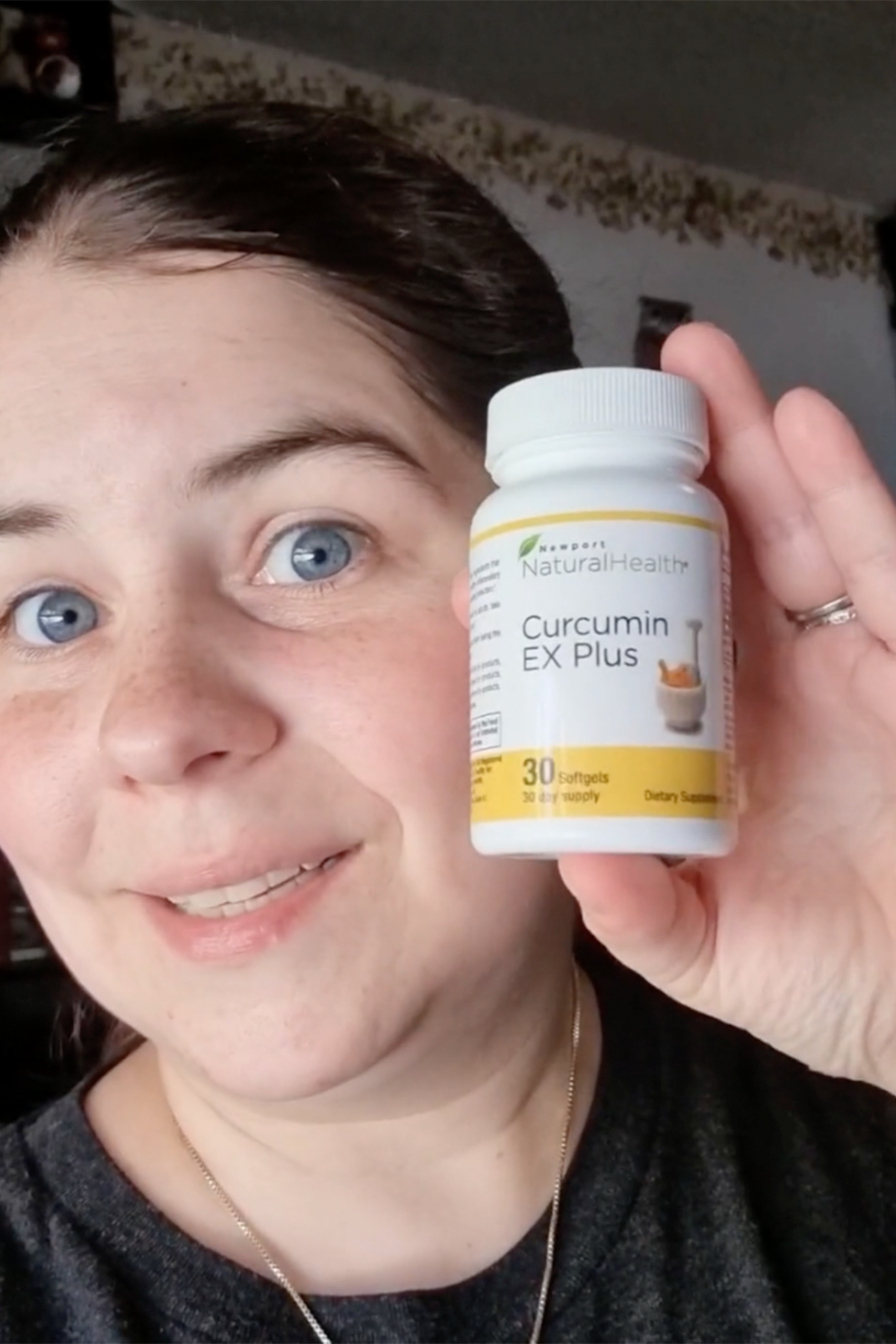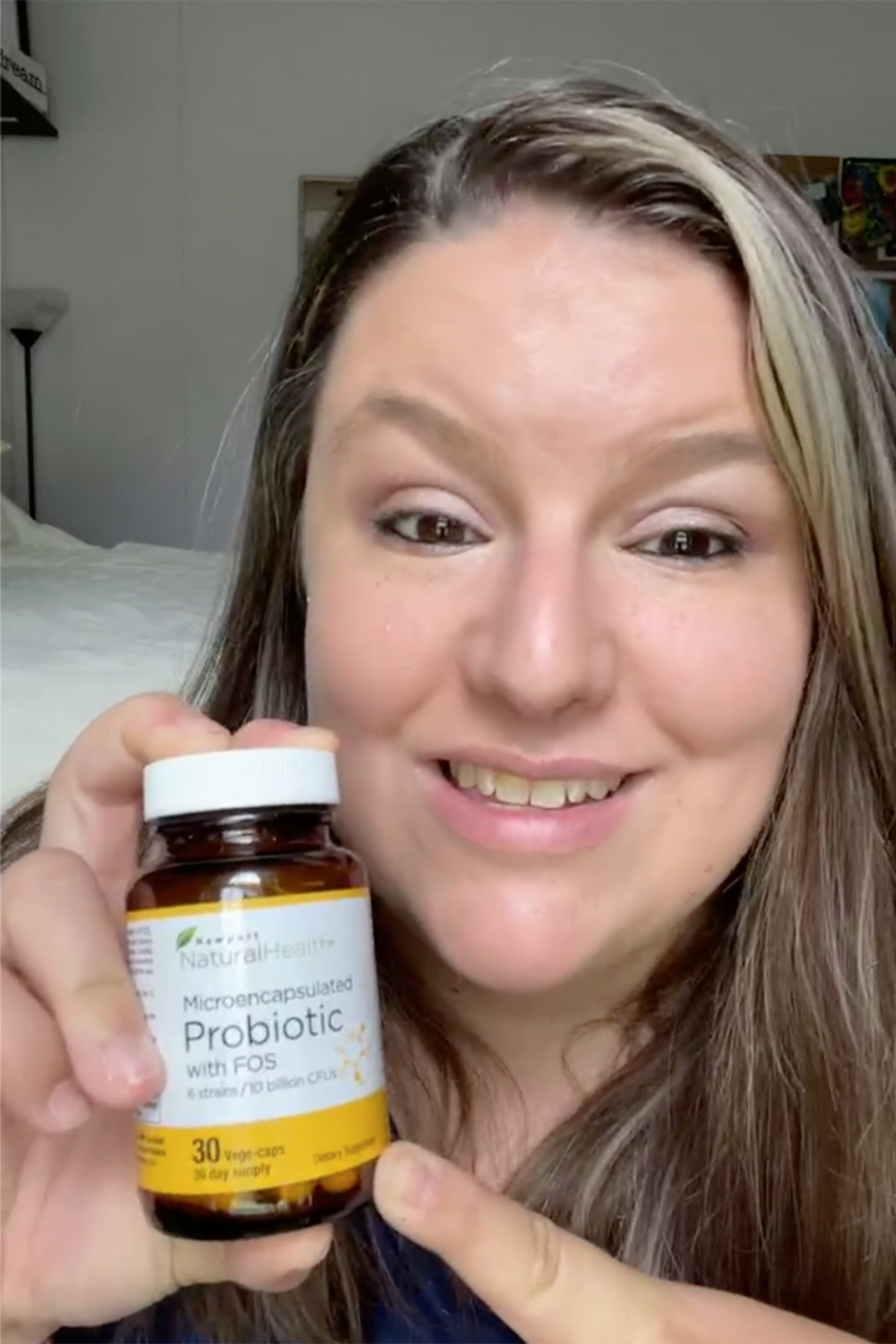Cancer is complicated. So the more tools we have to diagnose it, the better.
And there’s a new one that’s gaining in popularity right now. And, without doubt, it’s beneficial in some circumstances.
But not all.
As you’ll see today, when it comes to cancer, we’ve got to use everything we’ve got. Relying on just one tool—no matter which one—is a surefire way to make mistakes.
What Is Liquid Biopsy?
The new diagnostic test that’s got the medical world abuzz is a liquid biopsy.
It’s a blood test that identifies cancer DNA floating around in your circulatory system. And—while today, it’s used to monitor a known cancer’s progression—there is hope that it might someday be able to take the place of biopsies.
That would be a godsend. Not only are biopsies painful, but they are dangerous. By taking a slice out of a tumor, biopsies can sometimes spread cancer cells around, giving them a head start on spreading through the body.
That said, there are limits to liquid biopsies.
For example—sometimes, a doctor can look at a cancer cell and know exactly where it comes from. But not always.
Squamous cells, for instance, can be from skin cancer. Or lung cancer. Or tongue cancer.
Finding squamous cells in liquid biopsies won’t tell you where it’s from—or if it has spread to other areas.
Another problem—cancer tumors aren’t uniform. In fact, they’re more like onions, with each layer presenting a totally different—and fairly unpredictable—set of genetic mutations.
When you catch a cancer cell in the blood, there’s no way to know what layer of the tumor it came from. And it can’t tell you what the rest of the tumor contains.
In other words, liquid biopsies are a nice test to have, but they are far from a replacement for regular biopsies.
And biopsies themselves are far from the perfect way to diagnose cancer.
Get diagnosed before you’re sick
By the time you have a tumor, you’ve had cancer for 10 years or more.
That’s how long it takes to go from one cancerous cell, to a tumor.
Cancer slowly grows for years, with no symptoms, long before it can be discovered by biopsies.
That’s why 70% of all cancers have already metastasized by the time they are diagnosed.
Of course, the earlier you identify cancer, the better your chances of survival.
That’s why I recommend two very early warning systems to nip cancer in the bud, while it can still be easily managed.
Cancer Profile Test
The first is something called a Cancer Profile. This test looks in both blood and urine for a number of markers that signal something is going wrong.
CEA, or carcinoembryonic antigen, is a cancer precursor that is found in most cases of cancer (or pre-cancer). Elevated levels of PHI—phosphohexose isomerase—also are found in many cases of cancer.
PHI is a metabolic hormone—but, when you’re dealing with cancer, it’s subverted and teaches cancer cells how to consume sugar and turn that energy into growth. Elevated PHI levels are a solid sign that a fledgling tumor is trying to take flight.
In all, the cancer profile measures eight different markers. Any individual one can give false positives or negatives, but when taken together, the Cancer Profile has 87%-97% accuracy. And it only costs $300—even if your insurance doesn’t cover it, that’s cheap enough to be well worth it.
If the Cancer Profile turns up worrying markers, I move on to an Onco Blood test, from Guardant Labs. This blood test looks for small fragments of cancerous DNA—much like other liquid biopsies that are currently being developed.
It can’t replace biopsies—not in all cases. But Onco Blood tests can detect cancer’s return long before a new tumor forms. And it can give very precise information about the genetic makeup of any cancer cells, aiding in selecting the right treatment.
The important thing is this: If you are worried about cancer—especially if it runs in your family—you don’t want to wait until a tumor appears to do something.
The treatments we have available today are very good, and constantly getting better. But early diagnosis is key.
Biopsies—liquid or otherwise—often come too late. Make early cancer tests a part of your regular health screenings, and you’ll have an excellent chance of stopping any nasty mutations before they do any damage.
Very few doctors talk about Cancer Profile tests. If your doctor is unfamiliar, find one who isn’t. Ignoring cancer until you experience symptoms is like playing Russian Roulette.
And getting tested regularly is like emptying the loaded gun before you play.
References
- Andrew Pollack, ‘Liquid’ Cancer Test Offers Hope For Alternative To Painful Biopsies, The New York Times, June 4 2016
- Andrew Pollack, Sidestepping The Biopsy With New Tools To Spot Cancer, The New York Times, April 7 2014
- The Guardian, Blood test may help predict breast cancer relapse, Aug 26 2015
- Mind Body Medicine Center, The CA Profile: A New Test To Detect Cancer Early, Jan 28 2013
Last Updated: June 22, 2021
Originally Published: July 13, 2016



